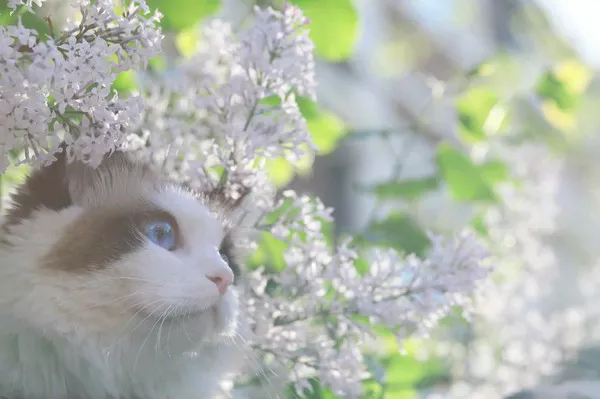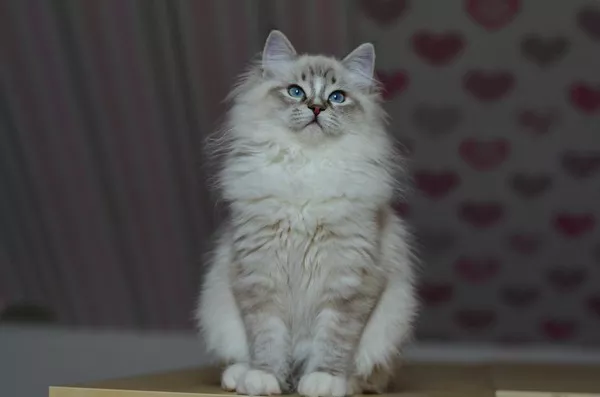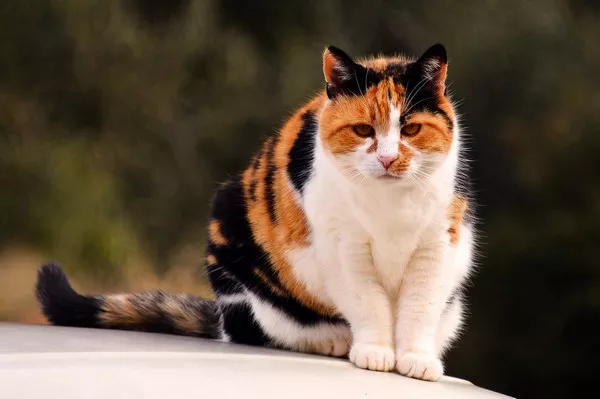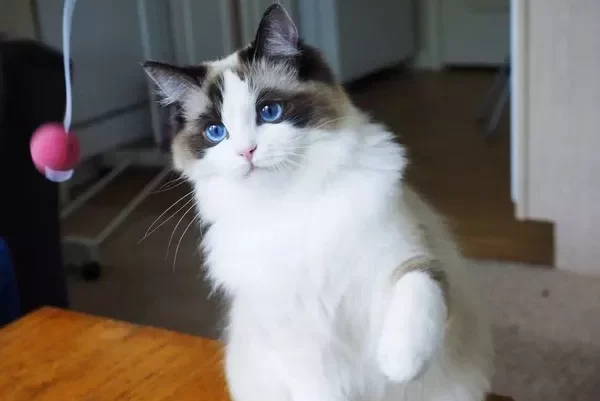Ragdoll cats, with their striking blue eyes, luxurious coats, and affectionate nature, have captured the hearts of cat enthusiasts worldwide. However, prospective cat owners may wonder: Are Ragdolls hard to take care of? In this comprehensive guide, we delve into the care requirements of Ragdoll cats, dispel common myths, and offer practical advice for providing optimal care and companionship to these beloved felines.
Understanding the Ragdoll Breed
Before addressing the question of whether Ragdolls are hard to take care of, it’s essential to understand the unique characteristics of this breed.
1. Origin and History: The Ragdoll breed was developed in the 1960s by breeder Ann Baker in California, USA. Known for their docile temperament and propensity for going limp when held, Ragdolls quickly gained popularity among cat enthusiasts.
2. Physical Characteristics: Ragdoll cats are large, muscular cats with semi-longhaired coats that come in various colors and patterns, including seal, blue, chocolate, and lilac. Their most distinctive feature is their striking blue eyes, which contribute to their captivating appearance.
3. Temperament: Ragdolls are renowned for their gentle and affectionate nature. They are often described as “puppy-like” due to their tendency to follow their owners around the house and seek attention. Ragdolls typically enjoy being held and are known for their relaxed demeanor, earning them the nickname “floppy cats.”
Debunking Common Myths
Despite their popularity and endearing traits, Ragdolls are sometimes subject to misconceptions that may deter potential owners. Let’s debunk some common myths surrounding the care of Ragdoll cats.
Myth: Ragdolls Require Extensive Grooming
Reality: While Ragdolls have semi-longhaired coats that may require regular grooming, they are not significantly more demanding than many other cat breeds. Weekly brushing can help prevent matting and reduce shedding, but Ragdolls generally do not require extensive grooming unless they have a particularly dense coat.
Myth: Ragdolls are High-Maintenance
Reality: Ragdolls are known for their laid-back temperament and adaptable nature, making them relatively low-maintenance compared to some other breeds. While they enjoy human interaction and may require mental stimulation, they do not have excessive grooming or exercise needs.
Myth: Ragdolls are Fragile and Delicate
Reality: Despite their placid demeanor, Ragdolls are robust and sturdy cats. While they may go limp when held, this behavior is a result of their relaxed temperament rather than fragility. Ragdolls can adapt well to various environments and are generally not prone to health issues specific to the breed.
Caring for Your Ragdoll Cat
Now that we’ve addressed common misconceptions, let’s explore the essential aspects of caring for Ragdoll cats to ensure their health, happiness, and well-being.
1. Nutrition: Providing a balanced diet is crucial for maintaining your Ragdoll cat‘s overall health. Choose high-quality cat food formulated to meet the nutritional needs of adult cats. Consider factors such as age, activity level, and any specific dietary requirements or preferences your cat may have. Monitor your cat’s weight and adjust feeding portions as needed to prevent obesity or undernourishment.
2. Grooming: While Ragdolls do not require extensive grooming, regular brushing can help keep their coats in good condition and reduce shedding. Use a soft-bristled brush or comb to gently remove loose hair and prevent matting. Pay attention to areas prone to tangles, such as behind the ears and under the armpits. Additionally, maintain your cat’s dental health by providing dental treats or regular teeth brushing to prevent dental issues.
3. Physical Exercise: Although Ragdolls are not as high-energy as some other breeds, they still benefit from regular physical activity to maintain muscle tone and mental stimulation. Provide interactive toys, scratching posts, and climbing structures to encourage play and exploration. Spend quality time engaging in interactive play sessions with your cat to strengthen your bond and keep them mentally stimulated.
4. Socialization and Interaction: Ragdolls thrive on human companionship and enjoy being part of the family. Make time to interact with your cat daily through petting, grooming, and play. Ragdolls are known for their affectionate nature and often seek out cuddles and lap time with their owners. Ensure your cat has opportunities for socialization with other pets and visitors to prevent loneliness and boredom.
5. Routine Veterinary Care: Regular veterinary check-ups are essential for monitoring your Ragdoll cat’s health and detecting any potential issues early. Schedule annual wellness exams, vaccinations, and parasite prevention treatments as recommended by your veterinarian. Be proactive in addressing any concerns or changes in your cat’s behavior or health.
Conclusion
In conclusion, Ragdoll cats are not inherently difficult to care for and can make wonderful companions for individuals and families alike. By understanding their unique characteristics, debunking common myths, and providing attentive care, Ragdoll owners can enjoy a fulfilling and enriching relationship with their feline companions. Whether you’re drawn to their striking appearance, gentle temperament, or affectionate nature, Ragdolls have a special charm that captures the hearts of cat lovers around the world. With proper nutrition, grooming, exercise, and socialization, your Ragdoll cat can thrive and bring joy to your household for years to come.



























